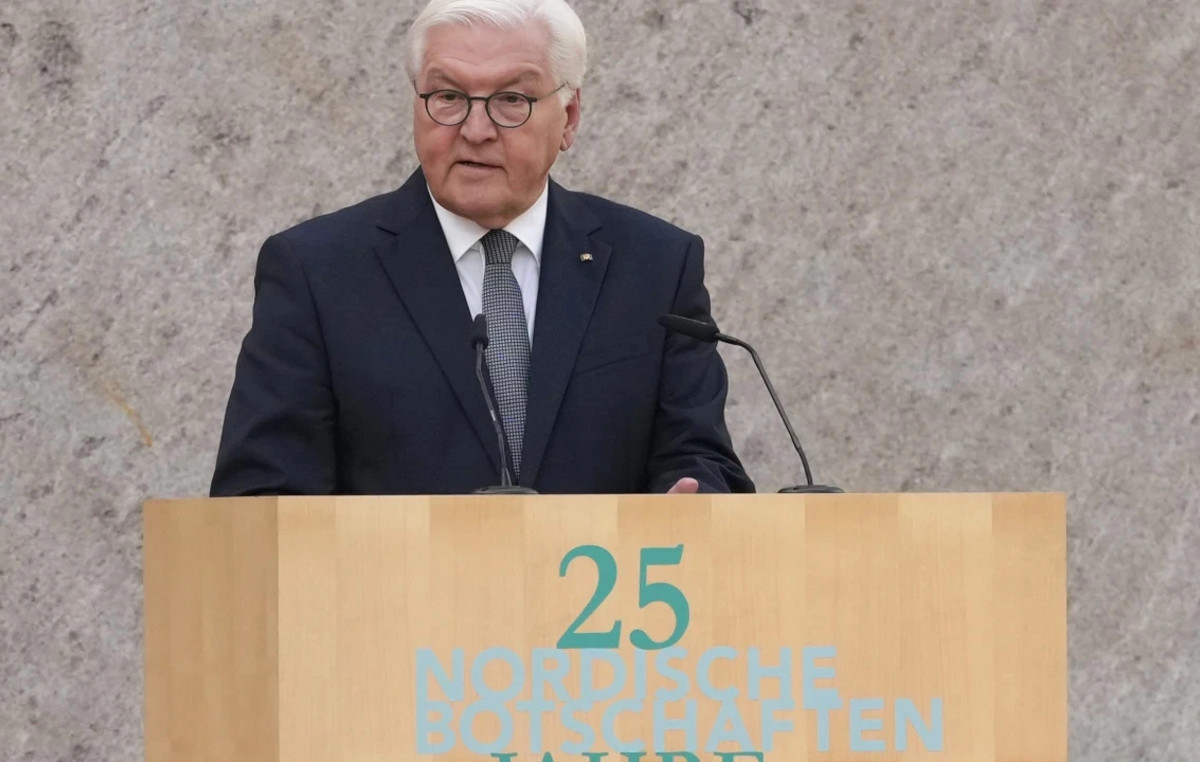The Sinaloa and Jalisco Nueva Generación (CJNG) cartels are at the “heart” of “the most dangerous and deadly drug crisis facing the United States” by trafficking fentanyl and amphetamines, the symbols of the shift away from drugs of plant origin, such as cocaine and heroin for synthetics, according to the Drug Control Administration's (DEA) annual assessment.
The DEA describes in its report, presented this Thursday (9), the methodology by which the cartels operate clandestine laboratories in Mexico where they manufacture these drugs and then distribute them to the United States, as well as the logistics they use to supply chemical precursors, in particular from China, and how control of Mexican ports in the Pacific and Gulf of Mexico are fundamental to its operations.
Based on reports from the Centers for Disease Control and Prevention (CDC), the assessment indicates that fentanyl is the most lethal drug, with a tentative number of 59,019 people killed in 2023; 74,225 in 2022 and 70,061 in 2021, solely due to the effects of this substance.
With both cartels being “the DEA’s top operational priority,” the analysis mentions that the leadership of the Sinaloa Cartel has been in a fluid situation since the arrest and conviction in the US of Joaquín “El Chapo” Guzmán, while the role of Ismael “El Mayo” ” Zambada, who for 30 years was one of the main leaders of the group, would be in question, amid reports of health problems.
Leaderless, the Sinaloa Cartel comprises four criminal organizations that cooperate with each other, the report identifies them as the groups led by “Los Chapitos”, formed by Chapo’s sons, Mayo Zambada, Aureliano “El Guano” Guzman-Loera (brother of El Chapo) and Rafael Caro-Quintero, one of the co-founders of the extinct Guadalajara Cartel and currently imprisoned in Mexico. The CJNG “is supervised by Rubén “El Mencho” Oseguera-Cervantes” and operates, according to the DEA, as a franchise model.
Mexican cartels run a “complex network of conspirators” that, according to the analysis, includes international and cross-border transporters, corrupt officials, tunnel builders, shell companies and money laundering, although for the latter purpose, according to the DEA, the groups criminals would increasingly resort to the services of money laundering organizations of Chinese origin.
The president of Mexico, Andrés Manuel López Obrador, revealed during an interview with the American network CBS that “fentanyl is produced on a smaller scale in the United States, Canada and Mexico”.
López Obrador recently reiterated that Mexico is not the main producer of fentanyl after the head of his government's Criminal Investigation Agency (AIC) said the country was the “champion” of fentanyl production, contradicting the president's statements. The agency later issued an apology on behalf of the employee, saying he had used “an inappropriate word.”
“Fentanyl enters the United States through the United States itself, it enters through Canada and also through Mexico, where it is made with smuggled chemicals, but the quantity is not precise,” López Obrador said during a March 25 press conference.
The DEA report highlights that, due to the smaller volume of inputs needed for its production, groups that operate with fentanyl also use courier services that deliver these inputs to the United States, from where they are sent to Mexico.
The report highlights that the ease and low cost of large-scale synthetic drug production in Mexico makes the cartels highly profitable, although at the same time the cartels, particularly the Sinaloa cartel, remain active in the region's more traditional businesses. cocaine, heroin and marijuana.
The DEA recognizes the efforts that the Mexican and Chinese governments have made to control the illegal trafficking of chemical precursors and ingredients from which fentanyl and amphetamines are manufactured, but that this flow “into Mexico continues unabated.”
Source: CNN Brasil
Bruce Belcher is a seasoned author with over 5 years of experience in world news. He writes for online news websites and provides in-depth analysis on the world stock market. Bruce is known for his insightful perspectives and commitment to keeping the public informed.







